#gridsystem
Explore tagged Tumblr posts
Text
0 notes
Photo

Josef Müller-Brockmann fue un diseñador gráfico y profesor universitario de origen suizo. En su manual “Grid Systems in Graphic Design” nos comparte muchas ideas e información importante sobre el uso de la retícula y sistemas reticulares que nos ayuden a alinear la información de manera óptima para generar orden y estructura. ____ Para ver clases y tutoriales paso a paso…no olvide visitar ✅ https://www.youtube.com/titocampo Encuentre en mi blog otras frases, tips, lecturas y recursos gratuitos ➡️ https://blog.titocampos.com Más contenido en los enlaces de la biografía ➡️ https://links.titocampos.com _____
#fraseInspiracion#diseno#comunicacion#frases#inspiracion#editorial#autor#libro#reticula#gridsystem#josefmullerborckmann#sistemareticula#usodereticula#reticulaEditorial
0 notes
Text
Minimalist Mastery: 7 Powerful Steps to Unlock Serenity and Elegance
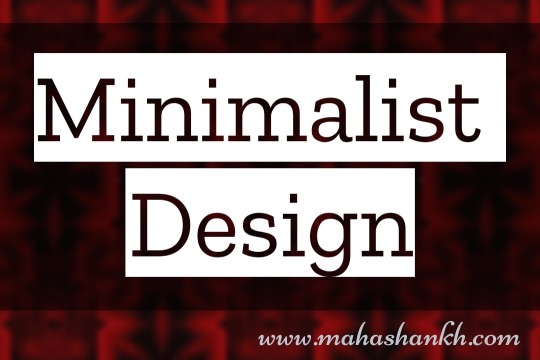
Introduction to Minimalist Design: Embracing Simplicity and Functionality In an age of sensory overload and ever-expanding possessions, minimalist design offers a refreshing respite. It's a philosophy that goes beyond aesthetics, advocating for a simpler, more intentional way of living. At its core, minimalist design is about embracing simplicity, functionality, and creating a clutter-free environment. Less is More: The Essence of Simplicity Minimalism isn't about deprivation or barrenness; it's about prioritizing what truly matters and letting go of the rest. This translates to design choices that emphasize clean lines, uncluttered spaces, and a focus on essential elements. Think of it as decluttering not just your physical space, but also your visual and mental landscapes. Neutral Palette, Timeless Appeal Minimalist design often favors neutral color palettes, such as whites, grays, and beiges. These colors create a sense of calm and spaciousness, acting as a blank canvas for pops of color or interesting textures. This approach also fosters a timeless aesthetic that's unlikely to go out of style, allowing you to update your space with minimal effort. Form Follows Function: Furniture with Purpose In minimalist spaces, furniture serves a clear purpose and is chosen for its quality and craftsmanship. Sleek lines, natural materials, and продуманные storage solutions are key features. By investing in fewer, high-quality pieces that serve multiple functions, you can create a空间 that is both beautiful and practical. Unveiling the Essence: A Historical Journey of Minimalist Design Clean Lines and Uncluttered Spaces: The Core Principles of Minimalist Aesthetics Neutral Color Palette: Exploring the Subtle Elegance of Minimalist Hues Functional Furniture in Minimalist Design: Balancing Form and Purpose Maximizing Minimalism in Small Spaces: Living Large in a Tiny World The Influence of Japanese Aesthetics: Minimalism's Roots and Cultural Inspirations Creating Tranquil Minimalist Bedrooms: Designing Serene Retreats with Minimalist Elements Minimalism in Modern Architecture: Examining Trends in Contemporary Building Design Minimalist Décor for a Harmonious Lifestyle: Bringing Elegance and Calm into Every Corner FAQs Based on Minimalist Design The Benefits of a Minimalist Life The advantages of minimalism extend far beyond the visual. By decluttering and simplifying your surroundings, you can: - Reduce stress and anxiety: A calm and uncluttered空間 can create a sense of peace and tranquility. - Improve focus and productivity: With fewer distractions, you can concentrate on the things that matter most. - Save time and money: By owning less, you spend less time cleaning and organizing, and you avoid impulse purchases. - Appreciate what you have: When you surround yourself with fewer things, you learn to appreciate each one more. Minimalism is a personal journey, and what works for one person might not work for another. The key is to find what resonates with you and create a空間 that reflects your values and brings you joy. Start Small, Breathe Easy Don't feel overwhelmed by the thought of transforming your entire life overnight. Minimalism is best embraced gradually. Start by decluttering one room at a time, donating or selling items you no longer need or use. Once you've cleared the clutter, focus on incorporating minimalist design elements like neutral colors and functional furniture. Remember, minimalism isn't about deprivation; it's about living with intention and purpose. By letting go of the лишнее, you can create a生活 that is both simple and fulfilling. Additional Tips for Embracing Minimalism: - Declutter regularly: Schedule regular decluttering sessions to keep your空間 clutter-free. - Embrace multi-functional furniture: Choose furniture that serves multiple purposes to save space. - Utilize storage solutions: Baskets, bins, and ottomans can help keep items organized and out of sight. - Be mindful of what you buy: Before making a purchase, ask yourself if you truly need the item and if it will bring value to your life. - Focus on experiences: Invest in experiences that create lasting memories, rather than accumulating more possessions. Minimalism is a journey, not a destination. Enjoy the process of simplifying your life and creating a空間 that reflects your true self. Let go of the лишнее and breathe in the fresh air of a simpler, more intentional life.
Unveiling the Essence: A Historical Journey of Minimalist Design
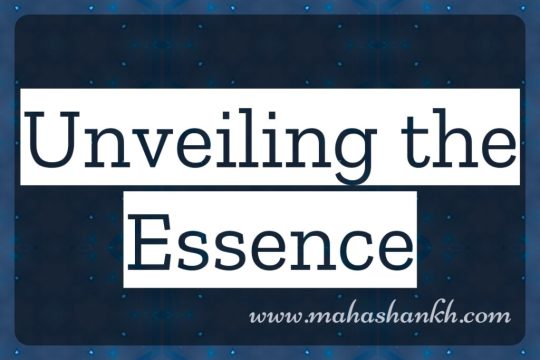
minimalist design 1. Origins of Minimalism: Minimalist design traces its roots to the early 20th century, with pioneers like the De Stijl art movement in the Netherlands. Artists and architects sought to strip away excess, embracing simplicity and geometric forms as a response to the chaos of post-World War I society. 2. The Bauhaus Movement: In the 1920s and 1930s, the Bauhaus School in Germany became a pivotal influence on minimalist design. Led by visionaries like Walter Gropius and Ludwig Mies van der Rohe, Bauhaus emphasized functionality, clean lines, and the union of art and technology. 3. Japanese Influence: Post-World War II, the minimalist movement found inspiration in Japanese aesthetics, particularly through the influence of Zen philosophy. The concept of "Ma" (negative space) and the appreciation for simplicity profoundly impacted minimalist design around the globe. 4. Mid-Century Modernism: The mid-20th century marked the rise of Mid-Century Modernism, a design movement that embraced minimalism. Designers like Charles and Ray Eames, known for their iconic furniture pieces, popularized the use of clean lines and functional forms in everyday objects. 5. Donald Judd and Minimalist Art: In the 1960s, Minimalism expanded beyond design into the realm of art. Artist Donald Judd, a key figure in Minimalist art, created sculptures that epitomized simplicity and rejected ornamentation. His work exemplified the intersection of art and design. 6. Minimalism in Architecture: Architects like Mies van der Rohe and Tadao Ando furthered the influence of minimalism in architecture. The concept "Less is More" became a mantra, leading to the creation of iconic structures characterized by clean lines, open spaces, and a focus on essential elements. 7. Rise in Popularity: By the late 20th century, minimalist design gained widespread popularity. The sleek aesthetics and functional aspects appealed to a modern, fast-paced society seeking simplicity amid complexity. 8. Minimalism in the Digital Age: In the 21st century, as technology advanced, minimalist design principles seamlessly transitioned into the digital realm. Clean interfaces, simplified user experiences, and minimalist app design became the norm in the digital landscape. 9. Lifestyle Minimalism: Beyond design and art, minimalism became a lifestyle choice. Influenced by figures like Marie Kondo, people embraced decluttering, simplifying their lives, and focusing on what truly matters. 10. Contemporary Minimalism: Today, minimalist design continues to evolve. It has become a timeless aesthetic, adapting to various contexts and influencing not only architecture and interiors but also fashion, graphic design, and lifestyle choices worldwide. In essence, the history of minimalist design is a tale of simplicity's enduring allure, a journey from early avant-garde movements to a pervasive influence on contemporary aesthetics and lifestyles.
Clean Lines and Uncluttered Spaces: The Core Principles of Minimalist Aesthetics
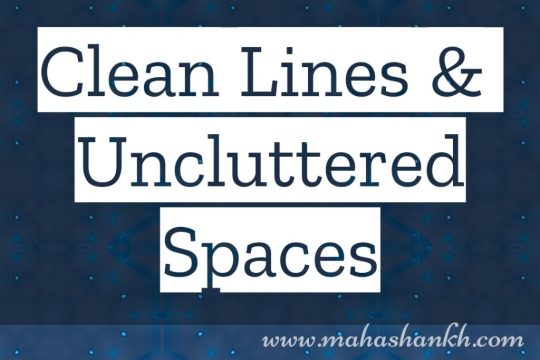
minimalist design In a world overflowing with visual noise and material possessions, minimalist aesthetics offer a refreshing antidote. It's a design philosophy that transcends mere trends, promoting tranquility, order, and a mindful approach to living. At its core, minimalist aesthetics are built upon two fundamental pillars: clean lines and uncluttered spaces. Clean Lines: A Symphony of Simplicity Minimalism celebrates the inherent beauty of form. Gone are the days of ornate embellishments and intricate patterns. Instead, clean lines, sharp angles, and smooth surfaces take center stage. Think sleek furniture with minimalist silhouettes, streamlined architectural features, and decorative objects that exude understated elegance. This harmonious interplay of lines creates a visual symphony of simplicity, guiding the eye effortlessly through the space. Uncluttered Spaces: Breathing Room for the Soul Minimalism isn't about emptiness; it's about intentionality. Every element in a minimalist space has a purpose and a place. Clutter is banished, allowing surfaces to breathe and light to freely flow. This creates a sense of spaciousness and serenity, a welcome refuge from the sensory overload of modern life. Imagine stepping into a minimalist living room bathed in natural light, where surfaces are unburdened by unnecessary objects and every piece of furniture speaks of function and beauty. It's a space that invites you to relax, breathe, and reconnect with yourself. Neutral Color Palette: A Canvas for Calm To further amplify this sense of serenity, minimalist spaces often embrace neutral color palettes. Whites, grays, and beiges dominate, providing a clean canvas for the interplay of light and shadow. These colors have a calming effect, promoting a sense of peace and tranquility. Think of it as a blank canvas, ready to be adorned with subtle hints of personality through textures, materials, and the occasional pop of color. Beyond the Visuals: A Way of Living The principles of clean lines and uncluttered spaces extend far beyond the visual. Minimalism encourages a mindful approach to life, one where we prioritize experiences over possessions and focus on quality over quantity. It's about cultivating an appreciation for the simple things and letting go of the need for excess. In a world obsessed with consumerism, minimalism offers a powerful antidote, urging us to reconnect with ourselves and our values. Embracing the Minimalist Ethos If you're drawn to the calming allure of minimalism, remember that it's a journey, not a destination. Start by decluttering one space at a time, focusing on functionality and purpose. Choose furniture with clean lines and invest in quality pieces that will stand the test of time. Embrace the power of negative space and let natural light fill your rooms. Minimalism is not a rigid set of rules; it's about finding what resonates with you and creating a space that reflects your values. By embracing clean lines, uncluttered spaces, and a neutral color palette, you can cultivate a peaceful and aesthetically pleasing environment that nourishes your soul. So, take a deep breath, declutter your surroundings, and let the beauty of simplicity guide you towards a more serene and intentional life. Remember, less is often more, especially when it comes to creating a space that truly reflects your inner peace.
Neutral Color Palette: Exploring the Subtle Elegance of Minimalist Hues
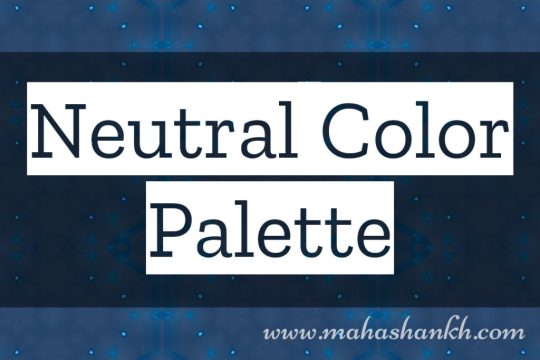
minimalist design In a world saturated with vibrant colors and bold patterns, there's a quiet beauty whispering from the shadows. It's the allure of the neutral color palette, a cornerstone of minimalist aesthetics that exudes timeless elegance and understated sophistication. A Canvas for Creativity Neutral colors, like whites, grays, and beiges, serve as a blank canvas for the interplay of light, shadow, and texture. They don't compete for attention, instead creating a backdrop that allows other elements – architectural details, furniture, artwork – to shine. This makes them incredibly versatile, adapting to any style and space, from the Scandinavian-inspired living room to the modern industrial kitchen. The Power of Calm Beyond their versatility, neutral color palettes offer a soothing balm to the soul. These hues have a calming effect, promoting a sense of peace and tranquility. In a world often defined by chaos and clutter, they provide a visual sanctuary, a space to unwind and recharge. Beyond Monotony: A Symphony of Subtlety The misconception that neutral palettes are boring couldn't be further from the truth. Within the seemingly simple spectrum of beige, gray, and white, lies a world of subtle variations and nuanced tones. Warm beiges evoke a sense of cozy comfort, while cool grays exude a sleek modernity. The play of light and shadow on textured surfaces adds further depth and dimension, creating a visually captivating space that's anything but monotonous. Timeless and Sustainable Neutral color palettes transcend trends, remaining eternally chic and sophisticated. They're a wise investment in timeless design, ensuring your space stays relevant for years to come. Additionally, their versatility allows for easy updates and changes - a pop of color through artwork, a statement rug, or simply a change in accent pieces can completely transform the look and feel of the space. Minimalism at its Core Ultimately, the neutral color palette embodies the essence of minimalism. It's about intentionality, choosing quality over quantity, and focusing on what truly matters. It's a mindful approach to design that prioritizes calm, functionality, and understated beauty. So, if you're looking to create a space that's both serene and stylish, timeless and versatile, consider the whisper of the neutral palette. Embrace the subtle elegance of these hues and let them guide you towards a haven of minimalist beauty. Ready to dive deeper? Explore these additional tips for mastering the neutral color palette: - Play with different shades and textures within the same color family to create depth and interest. - Use pops of color through artwork, accessories, or accent pieces to add personality. - Don't be afraid of black and white accents. They can add drama and definition to a neutral palette. - Consider the natural light in your space when choosing colors. Cool tones work well in bright spaces, while warm tones can cozy up a room with little natural light. - Most importantly, have fun and experiment! The beauty of the neutral palette is its endless possibilities.
Functional Furniture in Minimalist Design: Balancing Form and Purpose
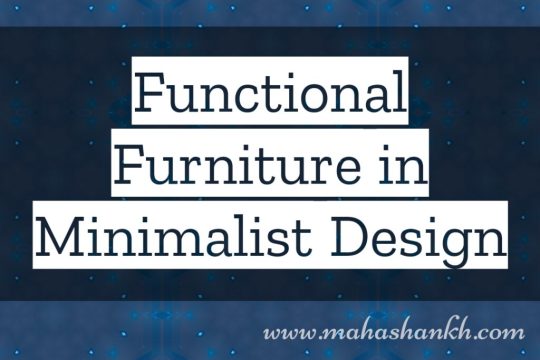
Functional Furniture in Minimalist Design: Balancing Form and Purpose In the serene realm of minimalist design, where less is more, furniture plays a crucial role. It's not just about aesthetics; it's about intentional pieces that seamlessly blend form and function, creating a space that is both beautiful and practical. The Essence of Multifunctionality Minimalism champions the idea of owning less but owning better. This translates to furniture that serves multiple purposes, maximizing space and minimizing clutter. Think nesting tables that transform from coffee table to dining table, ottomans with hidden storage compartments, or beds with built-in drawers. Clean Lines and Streamlined Forms Minimalist furniture shuns unnecessary embellishments and embraces clean lines and streamlined forms. Think sleek silhouettes, smooth surfaces, and geometric shapes. This not only creates a visually pleasing aesthetic, but also contributes to the sense of spaciousness and unclutteredness that defines minimalism. Quality over Quantity Minimalism emphasizes investing in fewer, high-quality pieces that will last for years to come. This means choosing furniture made with durable materials like solid wood, leather, or metal. Not only does this ensure longevity, but it also contributes to the overall sense of sophistication and refinement that characterizes minimalist design. Storage Solutions that Blend In Clutter is the antithesis of minimalism. To combat this, minimalist furniture often incorporates integrated storage solutions. This could include bookshelves built into the wall, cabinets hidden behind paneling, or even benches with lift-up seats that reveal storage compartments. These clever solutions keep clutter out of sight while maximizing functionality. Beyond the Practicalities: A Reflection of Your Values Functional furniture in minimalist design isn't just about saving space or maximizing efficiency. It's also about reflecting your values. By choosing pieces that are both beautiful and practical, you create a space that is not only functional but also speaks to your personal style and aesthetic preferences. Tips for Choosing Functional Furniture in Minimalist Design: - Consider your needs: What will you be using the furniture for? Prioritize pieces that serve multiple functions to maximize space. - Invest in quality: Look for furniture made with durable materials that will stand the test of time. - Embrace clean lines: Avoid furniture with too many embellishments or complicated details. Read the full article
#Balanced#BalancedElements#CleanLines#Clutter-Free#Effortless#Elegant#Essentialism#Functionality#GeometricShapes#GridSystem#Harmony#Intentional#LessisMore#Mindful#Minimalism#Modern#NeutralTones#OpenLayout#Practical#Precision#PurposefulDesign#QuietDesign#Refined#Restrained#Simplicity#Sleek#Streamlined#Subdued#SubtleColors#Timeless
0 notes
Photo
Usefull Stuff

Demio logo design grid by : Brand and identity studio
#Grid#logotypes#logo grid#gridding#GridSystem#smart grid#logo design#design grid#icon grid#brand and identity#brand and identity studio#identity studio#brand studio
19 notes
·
View notes
Text
youtube
youtube
How to Draw Any Letters Logo in Polygon & Circle / Adobe Illustrator CC Tutorial
#illustrator#illustratorlogotutorial#illustratortutorial#howtodraw#gridsystem#logodesign#letterlogo#adobeillustrator#adobeillustratortutorial#logodesignillustratortutorial#logodesignillustrator#logo design#logo#design#vector#Youtube
0 notes
Text
Earth Cable Size for Solar Panels
Choosing the right earth cable size for solar panels is a critical part of any solar installation. A well-sized earth cable not only protects the system but also ensures safety for users and equipment. This article will guide you through everything you need to know about selecting the proper earthing cable, technical insights, standards, and calculation methods to help you make informed decisions.
Importance of Earth Cable Size for Solar Panels
In a solar panel system, the earthing cable connects the metallic parts of the system to the ground. It provides a low-resistance path for fault current. This helps in protecting both humans and equipment from electrical shock and fire hazards. Undersized earth cables can overheat, fail to clear faults, or even become a fire risk. That is why choosing the correct earth cable size for solar panels is non-negotiable.
Factors That Affect Earth Cable Size for Solar Panels
There are several key factors that influence the choice of earth cable: - Fault current level - Length of the cable - Type of soil (resistivity) - System voltage - Type of installation (surface or buried) The Earthing Cable Size Standard typically varies from country to country. However, international standards like Earthing Cable Size as Per IEC give a universal guideline that helps maintain safety and efficiency.
Earthing Cable Size Calculation Formula
The calculation is based on ensuring that the earthing conductor can safely carry fault current without exceeding temperature limits. The standard Earthing Cable Size Calculation Formula used is: S = √(I² × t) / k Where: S = Cross-sectional area (mm²) I = Fault current (A) t = Fault duration (seconds) k = Material constant (usually 143 for copper, 76 for aluminum) This formula is widely used in engineering and verified by tools like the Earth Cable Size Calculator or Cable Size for Motor Calculator, which can also be adapted for solar systems.
Typical Earth Cable Sizes for Solar Installations
The table below shows typical sizes used in residential and commercial solar panel installations. Solar System SizeFault Current (A)Recommended Earth Cable Size (Copper, mm²)Up to 1 kW30 A2.5 mm²1–3 kW40 A4 mm²3–5 kW50 A6 mm²5–10 kW70 A10 mm²Above 10 kW100 A and above16 mm² or more Always verify these figures based on the fault current and installation specifics using a Wire Gauge Conversion Calculator when required.
Earthing Cable Material and Type
The most common material used is copper due to its low resistivity and high current-carrying capacity. Aluminum is also used, especially in cost-sensitive projects, but it requires larger sizes for the same performance. Cable types often used include: - Single-core PVC-insulated copper cable - XLPE-insulated cable for higher durability - Bare copper conductor for earth mesh installations
Earth Cable Routing in Solar Systems
The routing of the earth cable should be as short and straight as possible. Sharp bends should be avoided. If the cable is buried, it must be adequately protected against mechanical damage and corrosion. Surface-mounted cables should be UV-resistant.
Size of Earth Wire for Domestic Wiring in SWG
In domestic systems, wire size is sometimes specified using the Standard Wire Gauge (SWG). For example: SWGDiameter (mm)Approx. Cross-Section (mm²)142.032 mm3.3 mm²122.642 mm5.5 mm²103.251 mm8.3 mm² The Size of Earth Wire for Domestic Wiring in SWG must be converted to mm² when comparing with international standards. Use a Wire Gauge Conversion Calculator for accuracy.
Earth Cable Size for DC and AC Side
In solar panel systems, earthing is done separately on the DC side and AC side. On the DC side, earthing connects solar panel frames and mounting structures. On the AC side, the inverter and distribution box are earthed. The cable size may vary depending on the side and application. For the DC side, the typical cable size is 4 mm² to 6 mm². For the AC side, especially in larger systems, 10 mm² to 16 mm² is commonly used.
Grounding Resistance and Soil Conditions
Grounding resistance should be less than 5 ohms for effective earthing. Soil type plays a big role. Sandy soil has higher resistance than clay or moist soil. In difficult conditions, chemical earthing or earthing enhancement materials may be required. Measure the ground resistance to verify whether your earth cable size for solar panels is adequate. If not, consider larger cables or parallel earth paths.
Earth Cable Size and Inverter Protection
Inverters are sensitive equipment. Proper earthing protects them from indirect lightning strikes, static charges, and insulation faults. Many inverter manufacturers specify minimum earth cable sizes. Always follow manufacturer recommendations alongside Earthing Cable Size as Per IEC guidelines.
Choosing the Right Cable with Earth Cable Size Calculator
To simplify the selection, use an Earth Cable Size Calculator. Input fault current, system voltage, and cable length. These tools instantly provide you with the recommended size. These calculators are extremely useful in projects involving both motors and solar systems. You can even cross-check with the Cable Size for Motor Calculator to understand how fault current paths affect cable sizing.
Common Mistakes in Earth Cable Selection
Some common errors include: - Using undersized cable to save cost - Ignoring soil resistivity - Using aluminum cables without adjusting for size - Not bonding all metal parts correctly These mistakes can lead to dangerous installations. It's always better to refer to standards and use calculation tools.
Maintenance and Testing
After installation, regular testing of the earthing system is important. Test the ground resistance every year. Look for signs of corrosion or damage to the cable. Proper maintenance ensures the earth cable size for solar panels continues to serve its purpose for years.
Conclusion
Selecting the correct earth cable size for solar panels is a foundational step in building a safe, durable, and efficient solar power system. While it may seem minor compared to panels and inverters, an improperly sized earth cable can result in serious hazards. Use industry standards like Earthing Cable Size as Per IEC, apply the Earthing Cable Size Calculation Formula, and verify with tools like the Earth Cable Size Calculator or Wire Gauge Conversion Calculator. #SolarPanelWiring, #EarthCableSize, #SolarCableGuide, #GroundingSolarPanels, #SolarInstallation, #RenewableEnergy, #SolarPowerSafety, #ElectricalGrounding, #PVSystemCabling, #SolarTechTips, #GreenEnergy, #OffGridSolar, #SolarSetup, #ElectricalSafety, #SolarPanelSystem Read the full article
#CableSizeCalculation#Earthing#ElectricalSafety#ElectricalWiring#GroundingCable#Off-GridSystems#PVSystem#RenewableEnergy#solarpanels#solarpower
0 notes
Text

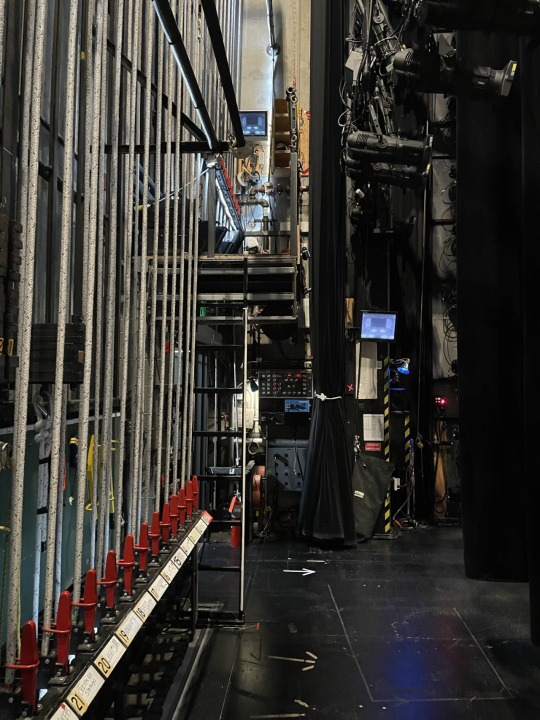
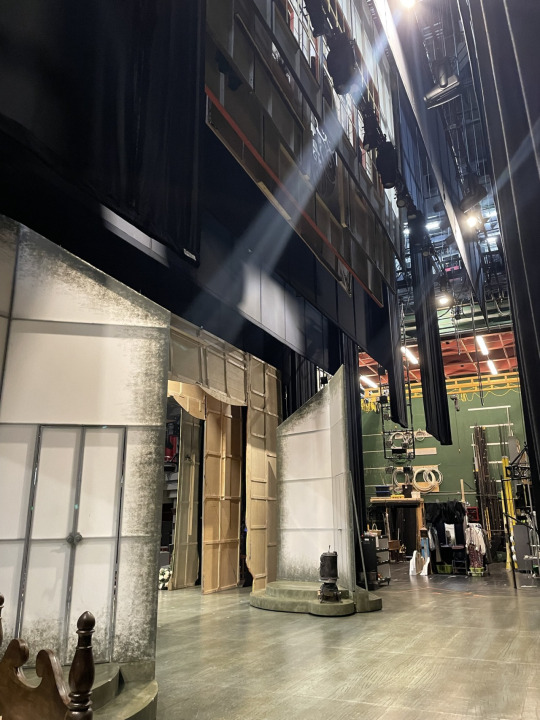







Flying and Grids
27 notes
·
View notes
Text
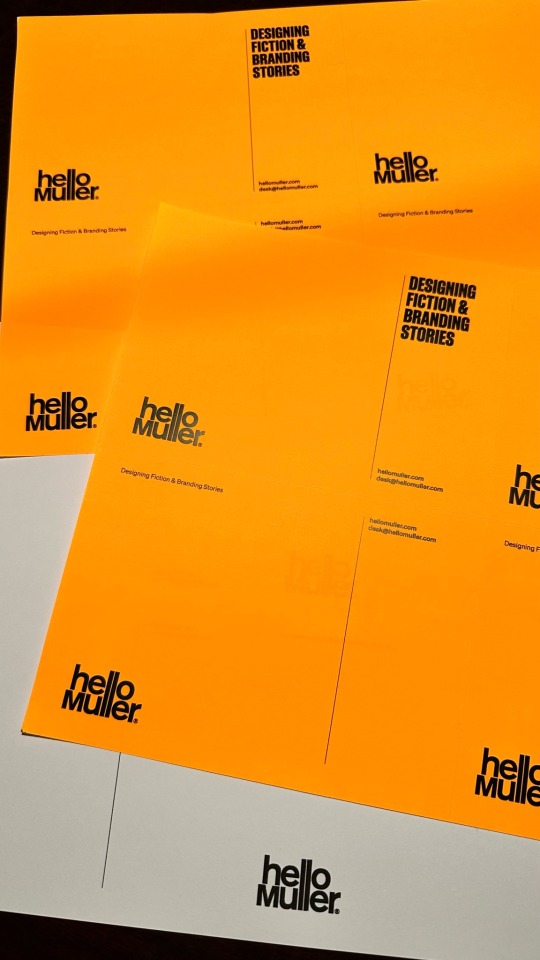
New helloMuller mailing labels.
#design#typography#logos#graphic design#graphics#identity#hellomuller#stational#gridsystem#modernism
17 notes
·
View notes
Text

Zebra logo design 🦓 grids & proportion
Need a creative logo? PM us for details!💌
35 notes
·
View notes
Text
0 notes
Text
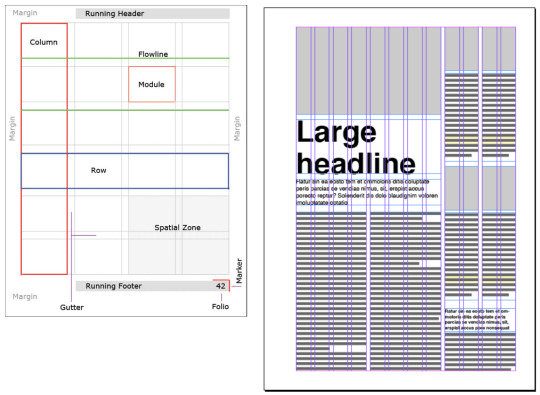
Grids:
- They're flexible tables that speed up the layout & production. - Create overall design cohesion. - They create clear hierarchy of information. - If used well they will stop pages from looking too alike.
“The grid system is an aid, not a guarantee. It permits a number of possible uses and each designer can look for a solution appropriate to his personal style. But one must learn how to use the grid; it is an art that requires practice.”
- Josef Muller Brockmann (Swiss graphic designer, author, and educator.)
For me, using grids is quite new. I've always known about them, but when I did graphics in high school, they were never something I was told to use. As well as the fact I rarely did any magazine covers. Clearly I can see the benefits of using them, however they are something I need to get used to. They can look quite overwhelming at first, but i'm sure as time goes on and the more I analyse their use in examples of existing magazines, I will learn to use them well and to their full potential.
#graphics#graphic design#art#aesthetic#university#student#studyblr#illustration#sketchbook#college#grids#gridsystem#editorials#magazines#type
16 notes
·
View notes
Photo

by Quatrième Étage
#morrasydesign#editorialdesign#grids#gridsystem#visualgraphics#visualcommunication#graphicdesign#graphik
66 notes
·
View notes
Photo

Detroit
70 notes
·
View notes
Text
Guess what's this...??

#findout#photography#patternmaking#crystal grid#gridsystem#patterns#photographers on tumblr#photoart
1 note
·
View note
Photo

ɮʊʀռ ƈǟʟօʀɨɛֆ . . . #gridsystem #typelover #rieseldesign #designgraphics #postereposter #indesign #logodesigners #szosa #typographicposter #captions #landscape #logoinspiration #brandingdesign #socialmediamanager #creativeagency #artwork #sketch #ride #dribbble #typedesign #designspiration #artislife🎨 #art_seeking #artesobscurae #brandnameshop #artsagram #artblogger #artdecor #art_help #artesanales (at Mumbai, Maharashtra) https://www.instagram.com/p/CORb_F5l4q3/?igshid=1tge85rx915n9
#gridsystem#typelover#rieseldesign#designgraphics#postereposter#indesign#logodesigners#szosa#typographicposter#captions#landscape#logoinspiration#brandingdesign#socialmediamanager#creativeagency#artwork#sketch#ride#dribbble#typedesign#designspiration#artislife🎨#art_seeking#artesobscurae#brandnameshop#artsagram#artblogger#artdecor#art_help#artesanales
3 notes
·
View notes
Text

Fox logo sketch ✏
PM us if you need a logo! 💌
#fox#red#sketch#drawing#artwork#gridsystem#goldenratio#character art#fanart#symbol#icon#app#ios#android#apple#web development
52 notes
·
View notes